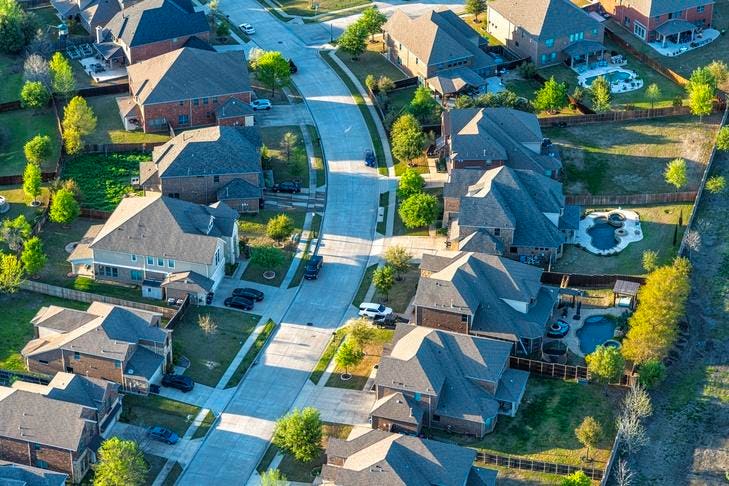Texas has undergone significant real estate growth in the last several decades, positioning itself uniquely within the United States housing market. Particularly in the last 50 years, the state’s housing landscape has dramatically changed, showcasing a resilience against the typical real estate market fluctuations experienced in many areas during the 2000s. This growth, spurred by factors such as low interest rates and an economic rebound during the pandemic, has created a notable demand for housing in many parts of Texas, including its booming metropolitan areas. With this context, recent analyses have focused on identifying the most expensive ZIP codes throughout the state, providing insights into the current housing market trends.
Using data from Zillow’s home value index, researchers examined thousands of ZIP codes across Texas to compile a list of the 30 most expensive ones. The analysis included current home values from November 2024 as well as a 12-month average of median home values from the preceding year. The findings revealed that a majority of the most affluent areas are clustered within a few metropolitan regions, indicating that specific cities or suburbs in Texas continue to dominate the high-value real estate market. This pattern reflects a sustained demand for high-end properties, influenced by factors such as location, income levels, and amenities available in these neighborhoods.
The most expensive ZIP code in Texas, 75205, encompasses Highland Park, a prime suburb located just north of downtown Dallas. With a median home value of approximately $1.922 million as of November 2024, the area is home to the prestigious Dallas Country Club and features an impressive median household income of $188,396. The growth of home values in this ZIP code has been substantial, with a 72.4% increase over five years, indicating a thriving real estate market. This surge is complemented by the demographic profile, where a significant portion of households earns over $200,000 annually, highlighting the area’s affluent community.
Close behind is ZIP code 75225, primarily covering University Park, which shares financial characteristics with its neighbor, Highland Park. The median home value here is approximately $1.860 million, with a 72.6% increase since November 2019. The area maintains a median household income that aligns closely with that of 75205, showcasing similar affluence. An extraordinary value growth of 8.4% year-over-year reflects the competitive nature of luxury homes in this region, further enhancing its standing as a desirable place to live for wealthy families.
Austin also figures prominently in Texas’s luxury housing market, particularly in ZIP code 78746, which ranks as the third most expensive. Home values in this region, which includes suburbs like Lost Creek and Rollingwood, have risen by 68.1% over the past five years, with a median home value now at over $1.636 million. The median household income here stands at $183,028, revealing substantial wealth, though somewhat less than observed in Dallas’s elite ZIP codes. Conversely, the previous year’s slight decline of 3.7% in median home values signifies fluctuations in the demand trends unique to this area.
Houston’s affluent neighborhoods are represented in the fourth most expensive ZIP code, 77005, which includes West University Place and Rice University. The median home value here is approximately $1.545 million, reflecting a 32.8% increase over the five-year period. This ZIP code boasts the highest median household income among the top expensive areas examined, with a figure of $215,708, indicating ample purchasing power among residents. Despite being historically more expensive in previous years, its growth has recently been outpaced by the competition, reinforcing the dynamic nature of the housing market in Texas.
Rounding out the top five is ZIP code 78703, situated just west of downtown Austin. This area, which includes affluent neighborhoods like Tarrytown and Pemberton Heights, has seen median home values climb by 44.2% since November 2019, reaching just over $1.3 million. The median household income here is significantly lower than the leading ZIP codes at $144,637, yet the average household income reflects higher affluence at $242,627. This illustrates that while home values are rising quickly, the demographics of income can vary substantially even among high-end communities, further emphasizing the complexity of the Texas housing market.
In conclusion, the findings underscore the continued growth and transformation of Texas’s real estate landscape. The analysis of the most expensive ZIP codes highlights the resilience of Texas housing, driven by significant economic factors and demographic shifts. Areas surrounding Dallas and Austin dominate the luxury segments, with impressive home value appreciation and affluent income profiles amassing a wealth of opportunity for those seeking high-end residences. As Texas real estate continues to evolve, monitoring these trends will be crucial in understanding the broader implications and future directions of housing within the state.

